Digital transformation ahead of schedule. Ein Interview mit Kateryna Suprun
Digital transformation ahead of schedule. Ein Interview mit Kateryna Suprun
25.10.22
How Ukrainian Universities Survive and Transform in Times of War
Das Gespräch fand auf Englisch statt und wird im englischen Original wiedergegeben.
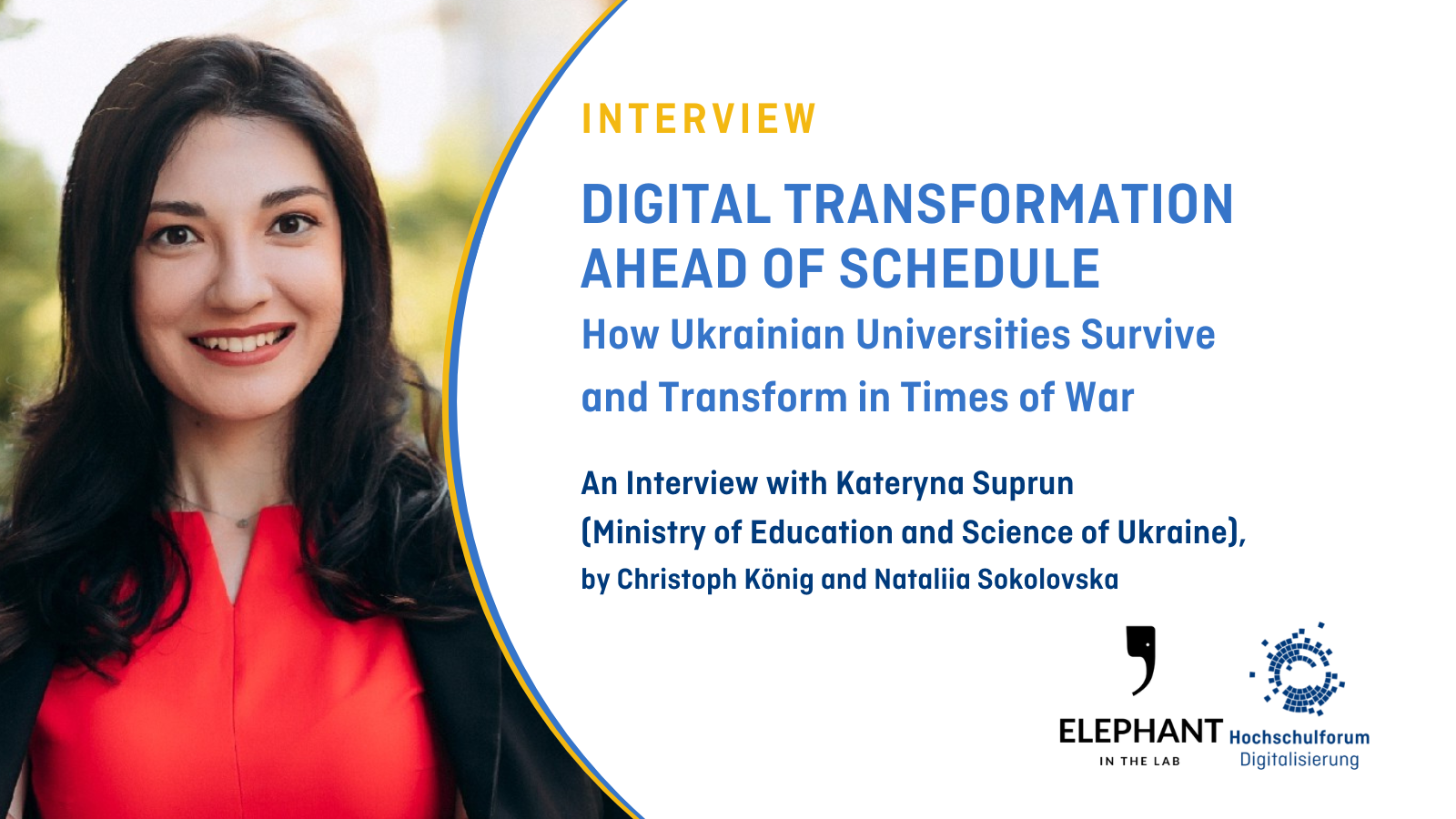 After the full-scale war in Ukraine started in February 2022, local universities were taken by surprise and had to adapt to a completely new and unpredictable reality overnight. After the first destructions, ongoing missile attacks and Russian troops coming closer to Ukrainian cities, academic institutions went “on hold” to figure out what to do next in this situation. It took them a few weeks to get used to the new reality and resume their work. Digital alternatives provided help in a situation in which usual work on site was not possible or hindered. We asked Kateryna Suprun – the acting head of the Digital Transformation of Education and Science Expert Group at the Ministry of Education and Science of Ukraine – to give us some insights about the fast-track digital transformation Ukrainian universities are going through now. Several universities in the country have been either completely destroyed or damaged. Most recently, the central building of the Taras Shevchenko National University standing in the center of the Ukrainian capital Kyiv suffered from an explosion nearby. At the same time, the interview itself illustrated the dramatic circumstances of this process: the online-talk was disrupted by air raid siren alerts. Possible ways to support the Ukrainian academic system will be discussed with Kateryna Suprun at an Open Space event of the Stifterverband on October 28 2022. This interview is a cooperation with Elephant in the lab and was posted on their blog as well.
After the full-scale war in Ukraine started in February 2022, local universities were taken by surprise and had to adapt to a completely new and unpredictable reality overnight. After the first destructions, ongoing missile attacks and Russian troops coming closer to Ukrainian cities, academic institutions went “on hold” to figure out what to do next in this situation. It took them a few weeks to get used to the new reality and resume their work. Digital alternatives provided help in a situation in which usual work on site was not possible or hindered. We asked Kateryna Suprun – the acting head of the Digital Transformation of Education and Science Expert Group at the Ministry of Education and Science of Ukraine – to give us some insights about the fast-track digital transformation Ukrainian universities are going through now. Several universities in the country have been either completely destroyed or damaged. Most recently, the central building of the Taras Shevchenko National University standing in the center of the Ukrainian capital Kyiv suffered from an explosion nearby. At the same time, the interview itself illustrated the dramatic circumstances of this process: the online-talk was disrupted by air raid siren alerts. Possible ways to support the Ukrainian academic system will be discussed with Kateryna Suprun at an Open Space event of the Stifterverband on October 28 2022. This interview is a cooperation with Elephant in the lab and was posted on their blog as well.
Christoph König: Kateryna, could you give us some insights on the current situation of universities in Ukraine, especially with regards to occupied and embattled territories in the East?
Kateryna Suprun : Most importantly, right after the war started, all academic institutions were advised to go on several weeks of vacation in order to gain a bit more clarity on the situation and how it will change and how to deal with it. The vast majority of them continued teaching in a blended mode, mostly through online teaching. The details really depend on the region and institution. If we take the Eastern regions, then, of course, it’s out of question, they simply are not able to teach face-to-face. But in the Western part of the country, especially those institutions that have the resources to provide an air-shelter and additional security measures, have started to work in usual face-to-face mode from April-May. We also have to understand that the situation is changing quite rapidly. And: Yes, the biggest challenge we have to deal with during this academic year are safety concerns, but with switching to online mode a number of other problems popped up.
Christoph König: What kind of challenges appeared when switching to online mode?
Kateryna Suprun : After two years of the COVID-19 pandemic, of course, we understand that online teaching became more common in our universities than before. But some problems still remain. Unlike school education, in higher education institutions we are not deciding on the content of the curriculum in a centralized manner. Still, we have to control that the standards of higher education are met and that the learning outcomes are obtained during the course of study. When we’re talking about schools during the pandemic, the “All Ukrainian Online School” was developed – a platform with several thousand video lessons on different school subjects covering all grades from 5th to 11th. We simply cannot do something similar for universities, because the curriculum and the programs differ a lot. And even in times of war we want the universities to enjoy this level of autonomy, so we do not aim to bring them all to teaching the same stuff.
What we did is this: We made some deals with international teaching platforms like Coursera, Udemy and EdX; they provided a number of free of charge courses that are typically not free of charge to all our students. At Coursera, for example, we have 20 000 unique users of the platform who have completed at least one course. We are trying to engage more and more students to spread the news to actually make sure that these possibilities are open; there is a dedicated team that works on the deployment of all these online courses. The second thing we are doing is making sure that there are enough technical tools available for teachers, university staff and students in order to be able to teach and learn not only with the help of prerecorded, delivered and developed resources, but also if they want to provide synchronous online teaching on their own. We’ve reached a number of agreements with Zoom, Google and Microsoft who provided software solutions and who are running a number of webinars to make sure that everyone at universities knows how to use these instruments. We have not had much success yet in equipping higher education institutions with laptops, computers and web cameras. We do have huge support in this sense from partners and donors for schools, but with higher education it’s a bit different, because it’s not compulsory.
Finally, a fundamental problem is the lack of understanding of the general situation. How much infrastructure was destroyed? What’s the cost of this destruction? How many students and teachers have gone to different regions of Ukraine and how many of them have gone abroad? For that matter we’ve recently conducted a survey together with UNICEF and will be looking into the details more profoundly soon.
Nataliia Sokolovska: Could you give us some general insights on the status quo of the research infrastructure and what’s happening to maintain it at the moment? Maybe some laboratories are being evacuated?
Kateryna Suprun : At the beginning of the war we launched the interactive map „Education under attack“ (https://saveschools.in.ua/en/) where you can see how many schools, kindergardens, universities and other educational institutions have been either damaged or destroyed. In most cases, the university gets evacuated and remains to be formally a separate entity, but all staff and students are being relocated and temporarily based at the premises of other universities. This was the case, for example, with the Mariupol State University, which is now relocated to Kyiv.
Anyhow, deciding what to do always depends on the situation, so it’s a permanent “work in progress” situation and is mostly depending on a case by case basis, so no generalizations are really possible here. We definitely need to change our funding mechanisms, because during the last years, we used to stick to the formula “the more students you have the more funding from the state you receive”. For many reasons, this is not how it should be and two years ago we diversified this formula a bit and made the state funding dependent on the quality of “services” these universities are providing. We introduced performance-based funding footing not only on the number of students, but also on research outputs, international rankings, regional differences etc. Right now, we cannot stick to this formula either, because it would be unfair to compare the performance of universities. Irrespective of the funding logic, we have to endure deficits, as the first priority are weapons and military for the state.
Christoph König: You mentioned that two years of the Covid-19 pandemic already prepared the education system a bit for working digitally. What changed after the Russians invaded and how critical was the situation?
Kateryna Suprun : It escalated dramatically. Speaking about universities during Covid-19: It’s been only March, April and maybe early May 2020 that the majority of universities had to go completely online. Later it was seasonal and there were times when teaching returned to face-to-face mode. Of course, in times of war this cannot happen. So, how well have we been prepared? Not really, but it was also a challenge that the situation has not been homogenous at all.
In Ukraine, it’s quite difficult to talk about the average level of digital readiness of universities, especially because it comes back to how financially well off they are and what resources they already have in place. Also, it’s important to understand whether or not they have had any previous experiences in digital learning. Around a dozen universities were quite well off in this sense. For example, the Sumy State University had digital laboratories with virtual reality possibilities and a studio to record its own video content, and they had all these tools even before Corona hit. Consequently, when the pandemic started, it was not such a huge challenge for them, because they had the tools, they had the infrastructure, but still in terms of teaching and learning techniques it was challenging. Overall, we can say that our universities managed to switch to online learning, but with different successes and different student experiences. When it comes to what kind of support we could provide, we did some training sessions for the teachers on how to use digital tools and we were helping to cover the needs concerning the digital infrastructure with different investment projects. Given the scientific autonomy of universities, all we could do is to make sure that the teachers have the skills to teach online and that the infrastructure is available.
Once the war started, of course, when all universities had to switch to online mode, it was smoother, because even those that had not had a lot of success, knew how to do it anyhow. We still have to figure out what to do with those professions for which it’s obligatory to have some face-to-face interaction; I mean, for example, tutoring in medicine first and foremost. As long as the war is ongoing it’s not possible to provide any activities in laboratories. Surely, there will be learning gaps and we have to find a way to address them, especially for students who started their studies during the pandemic and experienced only a very brief time in class. Our main challenge is to ensure that it does not prevent the students from being successful at the job market. But so far, we still review how to even assess this learning gap, because as I said, the curriculum is very versatile.
Christoph König: How about the very basics, for example, internet connection; is it still functional everywhere?
Kateryna Suprun : In terms of internet, it’s actually quite promising, because it looks like the internet connectivity in Ukraine overall, in times of war and in times of crisis, is the least of our concerns. The Ministry of Digital Transformation works on all aspects in the context of internet connectivity, also for education, and this does not seem to be a problem.
Christoph König: You mentioned that there was some training offered by the ministry to enhance digital skills, because you need different didactic approaches to teach online. Have you gotten feedback from universities and teachers on what their experiences were?
Kateryna Suprun : Everything started with the pandemic. The training provided by Microsoft and Google was quite a success, we received positive feedback and the number of participants was high. Our partners are doing an amazing job in this. As the war started and we intensified our cooperation with online-learning platforms, such as Udemy, Coursera and EdX, they were covering “how to” trainings, where potential participants could learn the basics about the platforms, how they operate, giving them some hints and showing some common tricks. We also had workshops with experts for teaching and methods discussing how to integrate these non-formal education courses into the formal education process. The timing of collaborating with non-formal education providers was really good because of a new decree passed by the Ministry. Starting from March, officially 25% of the study programmes delivered by universities can be covered by a non-formal provider. So, to put it simply, in a four-year bachelor’s degree, one year can come from Coursera. For the IT-Sector, we even increased this number to 35%. Still, the responsibility for recognizing these credits and for recognizing these learning outcomes lies with individual universities.
Many universities already had recognition processes in place since 2017 but were actually hesitant to do something wrong. So we issued particular recommendations to encourage the recognition of non-formal courses, but also to provide some kind of quality assessment. It is not easy, but we really try to encourage universities to let students go and pursue a Coursera certificate from a very good university let’s say in Germany, the UK or any other, which will prevent them from having a learning gap and will also prevent them from struggling to connect to an online lesson from a bomb shelter where there’s no internet. We are working with institutions, trying to persuade them and let them understand how to make the most of the current situation.
Nataliia Sokolovska: Aren’t universities and university teachers afraid that their lectures will be substituted by such digital learning platforms?
Kateryna Suprun : Of course, if you have other sources to provide learning materials than the professors’, the latter are put under stress. Logically, they ask themselves: What do I do if I’m substituted by an online platform? There are two aspects to this question. The first one is that we’re trying to communicate to universities that you can actually collaborate with those platforms. So, the universities might not substitute 100% of their courses, but integrate the online course into their lectures. What I’m saying is that there is room to combine and modify, we don’t want to simply substitute our teachers with Coursera. And this is what we’re working one at the ministry currently – we are trying to pass on innovative methods of teaching from those who are more experienced and can share insights on how to combine different modes of teaching.
The second aspect is more challenging, and here we don’t actually know how to deal with it for now. It comes down to the question that professors are remunerated according to the number of students they are teaching. And yes, when performance-based funding, as I described earlier, will be introduced, this should no longer be a problem. But right now, the linkage to the number of students is in place, hence these dependencies.
Nataliia Sokolovska: Do you intend to stimulate the production of MOOCs provided by Ukrainian universities?
Kateryna Suprun : During the war an interesting grassroot initiative came about, namely the ‘Open Ukrainian University’. Several universities that enjoy quite a high standing in Ukraine have come up with the idea to establish a platform, and to produce and publish high level content that can be used by those universities who are not in the position to produce online-courses themselves. The plan is to have a low-key platform accessible to all other universities; these lectures could be used by other universities Ukraine-wide and could be officially recognized. Most importantly, the content will be produced mostly in Ukrainian. They do have the ambition to start making content in English, but we understand that this excludes many Ukrainian students. Right now the “Open Ukrainian University” is in the process of applying for funds.
The second aspect, or better: ambition, is that we’d like to make sure that such online courses are produced in high quality and could potentially be used by universities abroad and on the job market. What is important to understand is that this process will take some time. When we developed the “All-Ukrainian Online School” it took us around quite some months to get it up and running, to find the partners and to understand how to record lectures and provide a quality check. The other initiative worth mentioning is the “Ukrainian Global University”, which is a platform for matching universities from abroad and students and staff from Ukraine. Basically, students and staff can apply and submit what they want to research or study. At the same time, foreign universities that have the capacity to onboard students and employ staff from Ukraine can also publish their request.
Nataliia Sokolovska: Let’s say you would receive some help from the EU and/or Germany tomorrow. Where would this help go?
Kateryna Suprun : One area that is quite worrisome right now is the institutional capacity of our network. We are receiving a lot of help right now and it’s often targeted at individual researchers, students and university staff. What we are very worried about in this context is the potential brain drain, or as we call it, the “undesired academic mobility”. Let me elaborate on that: Of course, it’s not about making people come back when missiles are flying, just like some minutes ago when one hit the city center of Vinnitsya and killed twenty people. We are perfectly aware of all the security and the economic challenges. But in the future, people who want to come back need to have a place to come to. Something we’ll be looking into is to receive some structural funding support from the EU for universities to rebuild their institutional network. In Ukraine, we have a lot of good universities and often they are underestimated and not treated as equals in the international community. In this sense, we’d like to internationalize our universities, make them more visible in other countries and make sure they know how to promote themselves.
When it comes to the structural higher education reforms, we’ve come a long way. For example, from 2005 we’ve been part of the Bologna process, we have introduced the ECTS system, a National Qualifications Framework and have a quality assessment system that is being improved all the time. But when it comes to individual institutions, they’re not visible enough. When they have success, they don’t always know how to communicate this properly. Right now with all the existing challenges like the damages to the infrastructure and the potential brain drain, universities might be weakened. And they will need not only to catch up with what they had to do before war, but move several steps further. I think getting Ukrainian universities involved in European initiatives is crucial right now. In Erasmus+, for example, we are not yet a Programme Country, which is why we are not eligible to fully take part in the European University Alliances . This would be a great opportunity to reduce our universities’ isolation. We are trying to approach and motivate the European Commission and other European partners to have some special dedicated measures in place that would make it possible for our universities to sustainably be a part of the wider European network.
One particular measure that we’re very thankful for has been provided by the European University Association which waive tuition fees for all our universities till the end of this year. This way our universities are now able to join peer events conferences, they get access to high quality materials and can learn how to further develop and so to say “join the club”. Long story short, it is important, in my view, not only to help individuals, but also to help the institutions and show them that they are part of a bigger network which will not disappear in one or two years. This way they can rebuild and come out even stronger and be regarded as equal partners. and not reduced to their need of basic materials or basic infrastructure. These basic needs we, of course, have as well, and they are our biggest challenge. For example, the Karazin Kharkiv National University has been destroyed almost completely by Russians. So of course, we have to rebuild our universities, but it is my personal wish and desire that our universities are seen, are heard and are treated equally, with an understanding that we have something to learn but also something to showcase.

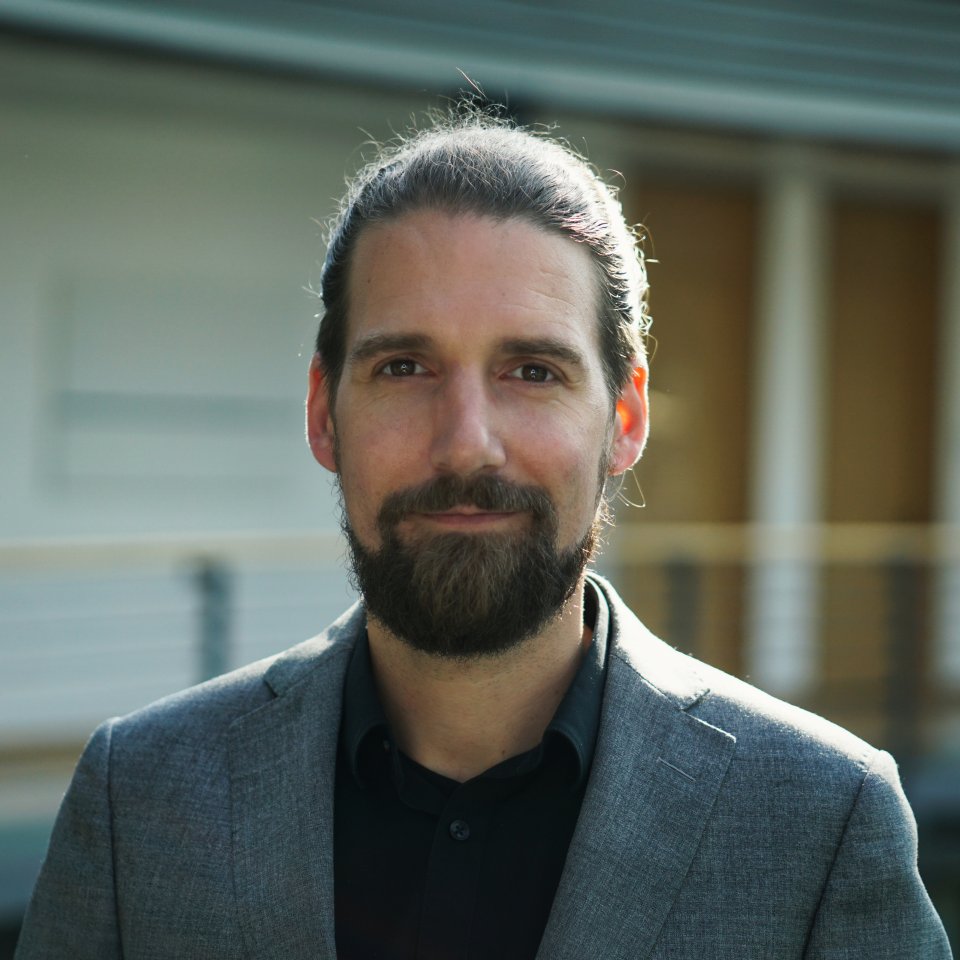
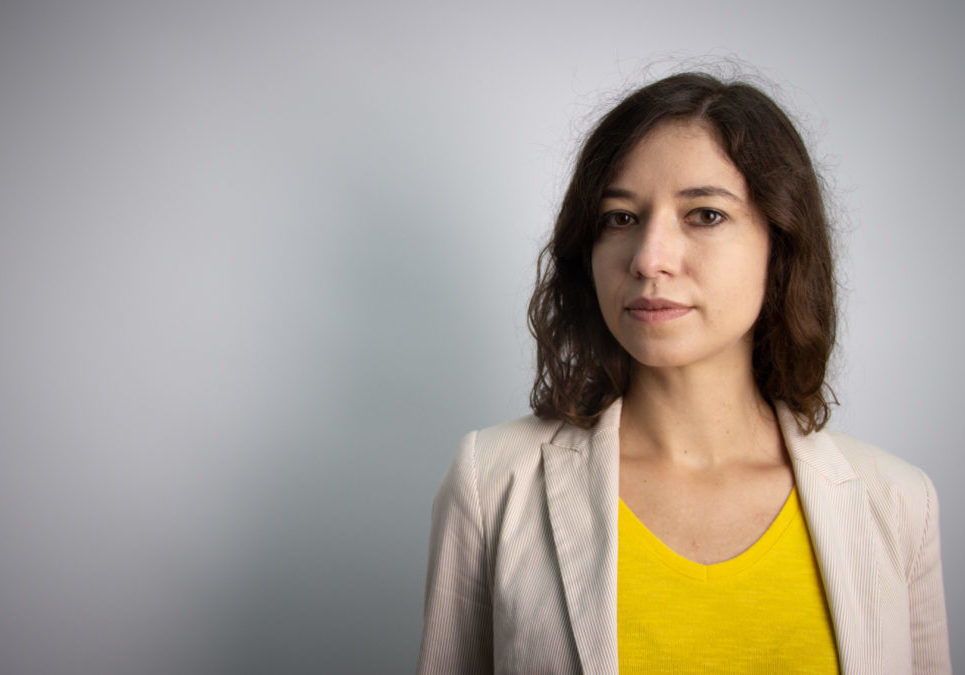
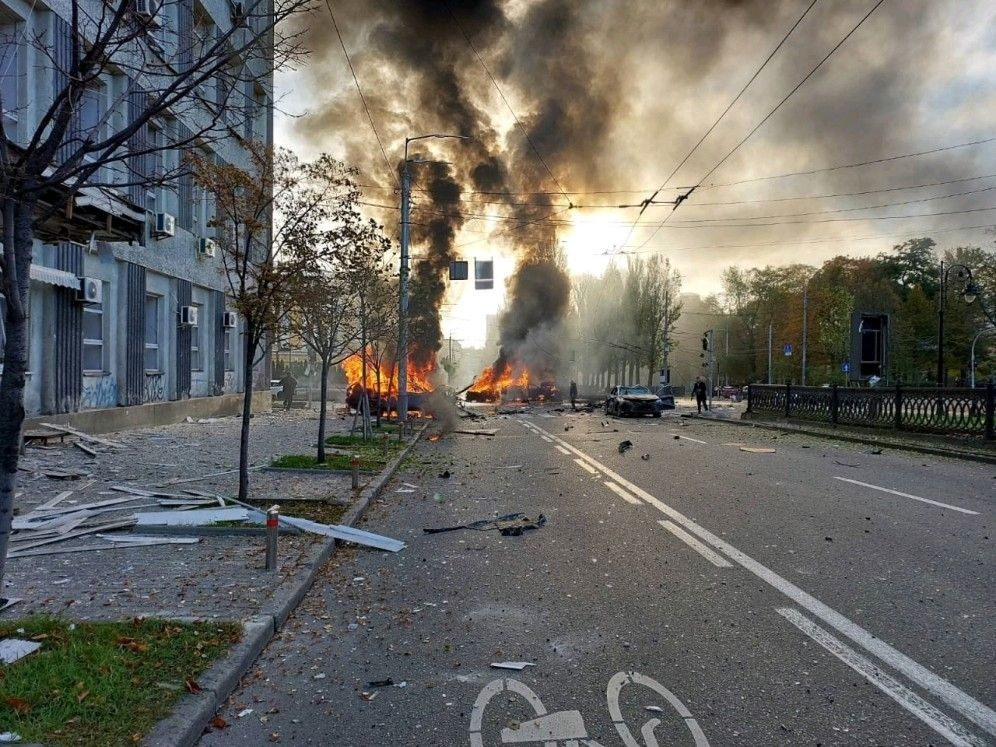
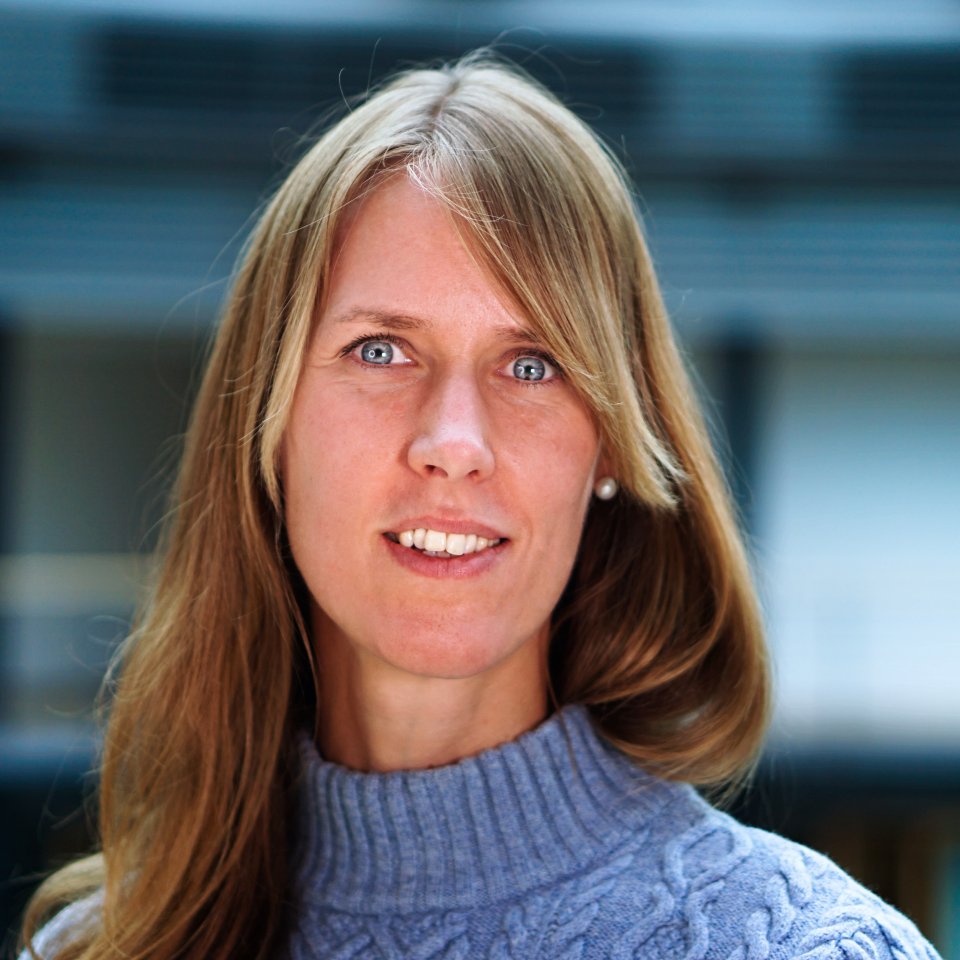 Channa van der Brug
Channa van der Brug 